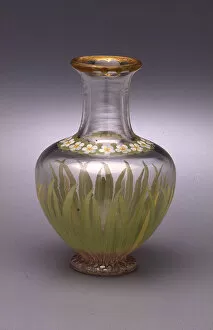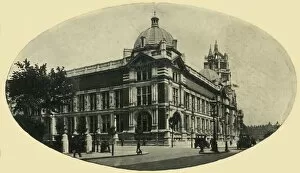Sir Henry Cole Collection
Sir Henry Cole, a prominent figure in Victorian England, was known for his various contributions to the fields of design, civil service, and writing
All Professionally Made to Order for Quick Shipping
Sir Henry Cole, a prominent figure in Victorian England, was known for his various contributions to the fields of design, civil service, and writing. Born in Lambeth in 1808, he made significant strides throughout his career that left a lasting impact on British society. One of Cole's notable achievements was the creation of the Well Spring Carafe in 1847. Designed by Richard Redgrave at Stangate Glass Works, this exquisite piece showcased Cole's passion for innovative design and craftsmanship. Cole's influence extended beyond just art and design. He played a pivotal role in popularizing the tradition of sending Christmas and New Year cards. In fact, he commissioned the first fascimile reproduction of such a card himself – an iconic symbol of Victorian festivities. As seen through engravings from different periods, Sir Henry Cole held prestigious titles like KCB (Knight Commander) which acknowledged his dedication to public service. His commitment to serving Britain is evident even after his passing as depicted in engravings titled "The late Sir Henry Cole. " In addition to his professional accomplishments, Cole also had an eye for interior decoration. The West Dining-Room decorations at South Kensington Museum stand as a testament to his refined taste and attention to detail. Cole's legacy lives on through institutions like the Victoria and Albert Museum where many artifacts from diverse periods are preserved today. This museum stands as a tribute not only to him but also showcases unknown creators who contributed their talents over time. Amongst other notable events associated with they were exhibitions like the Great Exhibition of 1851 held at Hyde Park. Engravings capture both its grandeur - showcasing views inside and outside - as well as later exhibitions inspired by it. Artists immortalized Sir Henry Cole himself through portraits such as "King Cole" painted by Coide in 1871 or engravings created by Lock & Whitfield seven years later – all capturing his distinguished persona.












